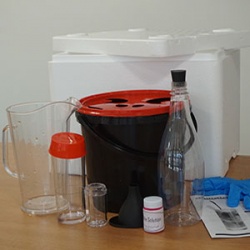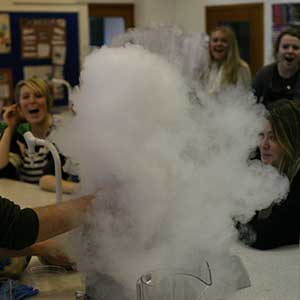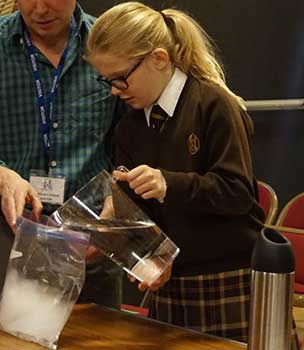The Science Of Dry Ice In The Classroom
Chillistick is passionate about dry ice! It is a great material for demonstrating scientific principles for students of all ages! A visual and fun way which we believe helps children engage in science. From making instant ice cream to powering water rockets. From making loud bangs to blackcurrant flavoured clouds – it’s great for bringing science to life!
Please click on the information links specific to your school for more information and also details on the products, equipment and services we provide.
Chillistick have developed 2 science packs for Primary and Secondary Schools. The Primary Pack features 7 experiments which can be carried out over an afternoon. The Secondary Pack contains over 20 demonstrations. Each pack is supplied with dry ice, hardware and instructions. These packs now cover statutory and non-statutory elements of the national curriculum. Click on the packs for further information. Also check out our videos below of dry ice in action!

.jpg)
.jpg)

.jpg)
.jpg)

 Carbon dioxide plays a very important role: plants and animals depend upon it for life. Through the process of photosynthesis carbon dioxide in the air is combined with water in plants to make sugar, the sugar in then converted to starch and cellulose. Animals eat the plants and in getting energy from the food, they produce carbon dioxide and return it to the air as they breathe.
Carbon dioxide plays a very important role: plants and animals depend upon it for life. Through the process of photosynthesis carbon dioxide in the air is combined with water in plants to make sugar, the sugar in then converted to starch and cellulose. Animals eat the plants and in getting energy from the food, they produce carbon dioxide and return it to the air as they breathe. Check out the fire extinguishers in the classroom – chances are one of them will contain CO2. With the Chillistick Science pack it is possible to demonstrate how CO2 puts out flames.
Check out the fire extinguishers in the classroom – chances are one of them will contain CO2. With the Chillistick Science pack it is possible to demonstrate how CO2 puts out flames.